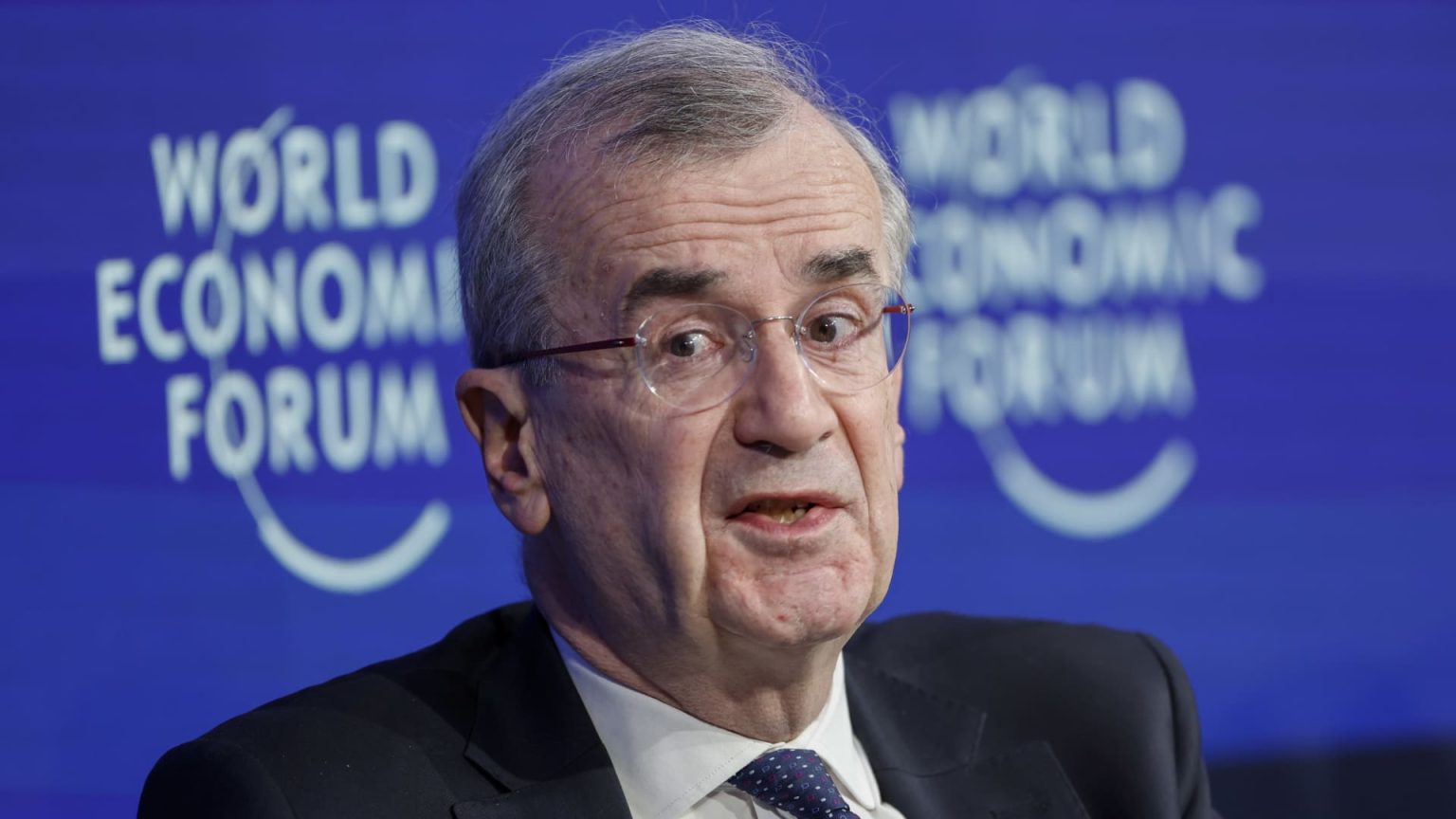European Central Bank policymaker François Villeroy de Galhau believes that the ECB should cut interest rates in June to prevent falling behind the inflation curve. He stated that there is a consensus among members of the Governing Council that it is time to take action to avoid the risks associated with being behind the curve and incurring high costs in terms of economic activity and employment. Villeroy’s comments come after the ECB signaled that it could cut interest rates in June due to cooling inflation and the need to boost confidence in the disinflationary process.
The ECB recently gave its clearest indication yet that it could lower its 4% deposit rate if underlying price pressures and the impact of previous rate hikes were to support the downward trend in inflation towards the bank’s 2% target. ECB President Christine Lagarde mentioned that the central bank is on track to moderate rates “in reasonably short order” if things continue as expected. However, members of the Governing Council have mentioned that geopolitical risks, such as tensions between Iran and Israel, could pose a threat to the decision to cut rates in June by potentially causing an abrupt rise in oil prices.
Several ECB policymakers, including Robert Holzmann, Olli Rehn, and Joachim Nagel, have expressed cautious optimism about the potential for a rate cut in June. Holzmann highlighted the importance of monitoring energy prices due to geopolitical tensions, while Rehn emphasized the need for inflation to fall as predicted. Nagel echoed the sentiment that a rate cut in June is becoming more likely, but pointed out that certain aspects of incoming inflation data still seem higher than desired. Overall, there is growing discussion within the ECB about the need to act in order to maintain control over inflation and support economic growth.
Villeroy’s view is that the ECB must stay ahead of the curve to avoid the risks associated with being too late in taking policy action. The ECB has held interest rates steady for the past five meetings, but the recent shift in language suggesting a potential rate cut indicates a willingness to act if necessary. Lagarde’s comments about building confidence in the disinflationary process align with the sentiment that the current economic conditions warrant a change in monetary policy. Despite concerns about geopolitical risks, many ECB policymakers are leaning towards a rate cut in June to address the evolving economic landscape in the euro area.
In conclusion, there is growing momentum within the ECB for a potential interest rate cut in June to address the disinflationary pressures and support economic activity. Members of the Governing Council have expressed a consensus on the need to act to avoid the risks associated with falling behind the inflation curve. However, concerns about geopolitical tensions and higher-than-desired inflation data continue to influence the decision-making process. The ECB’s willingness to consider a rate cut reflects a proactive stance on maintaining stability and promoting growth in the euro area. As discussions and projections evolve, the ECB will likely make a decision based on the most up-to-date data and assessments of the economic situation.


